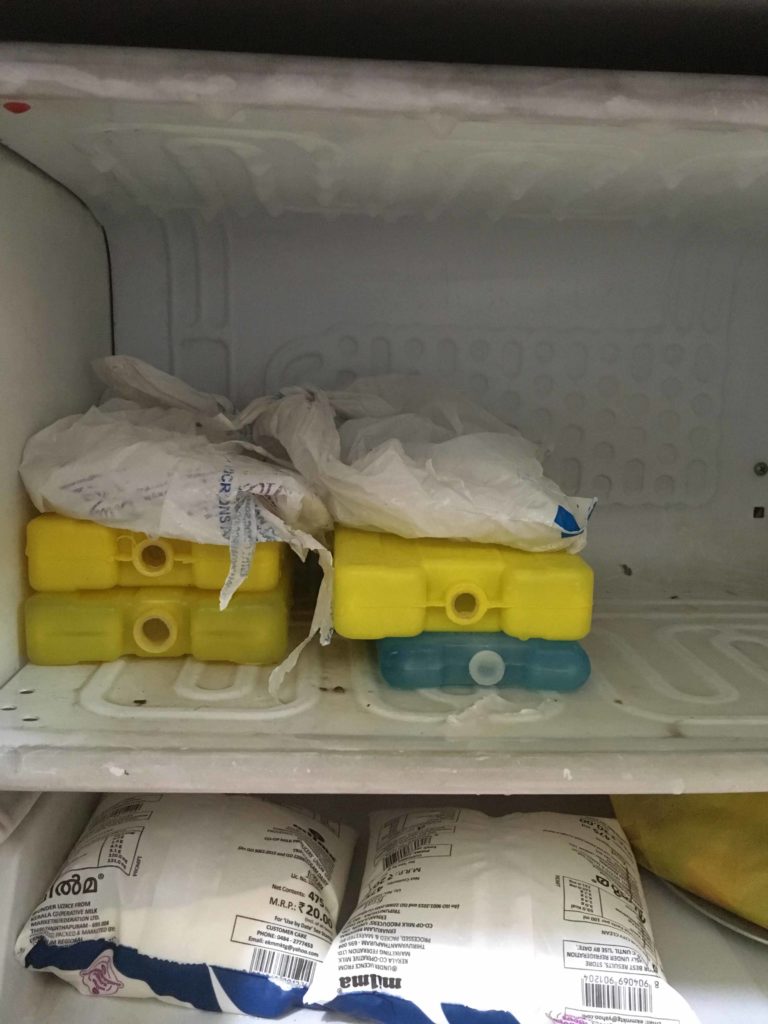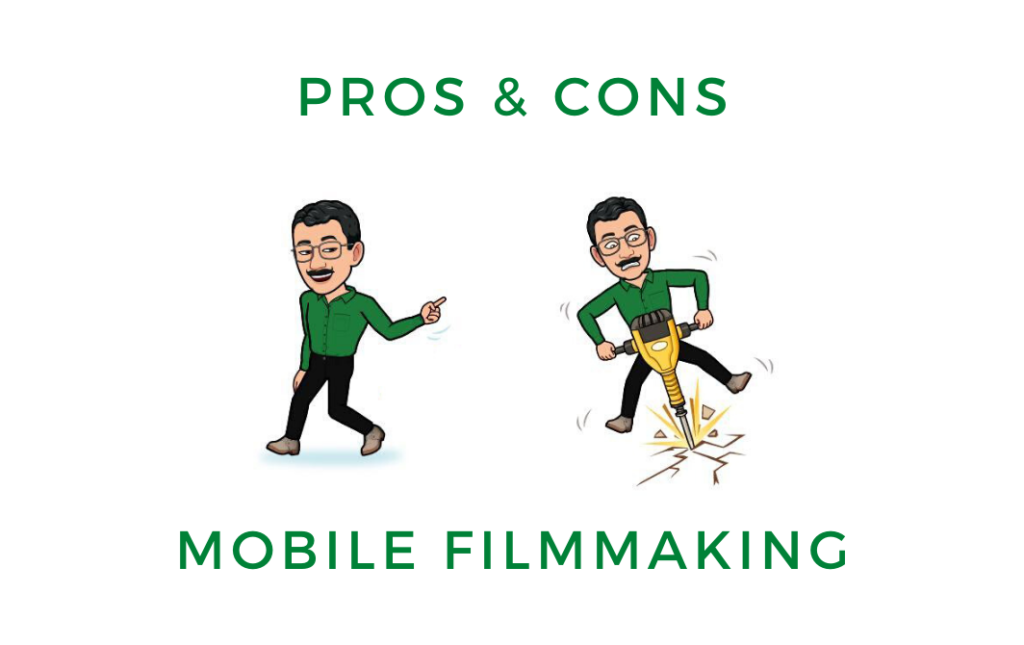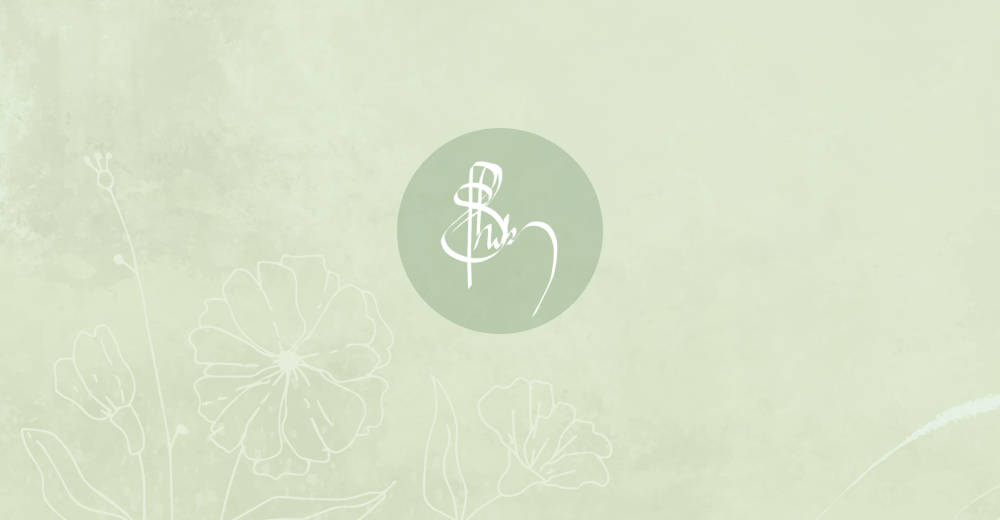This is an excerpt from my book The Indian Indie Film (or Make Your Film for rest of the world). It was written from the experience of making my debut feature film on an iPhone for ₹5 lakhs ($7,000). Now available as an eBook on Amazon.
Having looked at why we shot our debut feature film on an iPhone and the exact gear we used, let us now get into the advantages and disadvantages of mobile filmmaking.
Advantages of Mobile Filmmaking
While going through the process and now reminiscing about it, the following are some of the advantages we see on shooting on an iPhone, or any phone for that matter:
- It is unobtrusive. Many a time we would forget that there was a camera rolling. It almost looked like some random kids fooling around on their phone.

- The sheer outrageousness of how the whole thing sounds! And the bewilderment we see when we finally tell someone that we captured those frames on a phone.
- Almost every accessory is cheaper. For example, a gimbal, an anamorphic lens, a tripod, a crane, filters, all of these cost less than the same you would need for an SLR or a cinema camera.
- Hopefully inspire and remind other filmmakers that we live in a time unlike any other in history where we can indeed go out and make a movie.
Disadvantages of Mobile Filmmaking
The following are some of the disadvantages of mobile filmmaking:
- Heat. The normal iPhone camera shoots at a bitrate of 50 Mbps. Using FiLMiC Pro we doubled it to have more date in post production. On top of that, charging the phone while shooting frequently heated it up and made it unresponsive. We could not start or stop the recording and lost a lot of takes. The tropical climate of Kerala at the start of summer did not help either. We ended up having a lot of icepacks.

- Inability to judge if a shot is in focus. On the tiny screen everything looks sharp. But when we pulled the footage into a laptop, some of the shots were not so.
- Mid take exposure change. This is something many filmmakers too have complained about. Even when the exposure was locked, in the middle of some takes the exposure would change abruptly. There is nothing you can do about it, but try to correct it somehow in post production (extremely time consuming).
- The iPhone SE records videos using 8 bits of data. Most phones do. Videos files using an 8 bit codec has limited information compared to that using a 10 bit codec. Having used FiLMiC Pro at high bitrates, we did have a better flexibility with the footage during color grading. But if you are planning to push and pull the footage a lot, the 8 bit file does not leave much room. It breaks up soon and results in banding.
These were some of the advantages and disadvantages of mobile filmmaking as we experienced it.
Why we Bought a Second iPhone
The phone kept heating up frequently during the making of our debut film Munnariv that we had to stop the shoot and wait for it to cool down. As we had the ice packs, we got the phone to cool down in 3 or 4 minutes. But during those unexpected breaks everyone would drift into a different mood and it would take at least 10 minutes to get everyone focused back on the shoot.
Our first schedule was for 5 days. As soon as we wrapped that we had to make a choice, whether to pay for a second iPhone, or pay with slower shoots and hence a longer schedule. We decided to spend now.
The anamorphic lens we had would not fit any other model but an iPhone SE. So we went to local shops looking for a used iPhone SE. We found one, that too with a larger storage of 64 GB. The first one was 16 GB we could get only 10 GB of usable space. This was also adding unexpected delay as we constantly had to off load footage.
The second 64 GB model cost us more than the first one. We didn’t have time to order one online either. But this money spent saved us a lot of time and energy everyday for the rest of the shoot. On a side note, this is also why breaks are important to have planned in advance, especially for low budget films.
We hope this gives you an idea of the advantages and disadvantages of mobile filmmaking. Hope you get to improve your film by learning from these. In the following article we will look into anamorphic lenses and other lenses for mobile filmmaking.
Hey Aspiring Filmmaker,
I debuted my film career making a feature film for ₹5 lakhs ($7,000) on an iPhone. I’d like to help you do the same. So I wrote everything I learned into a book. It is now available on Amazon, called The Indian Indie Film (or Make Your Film for rest of the world). Enjoy!





